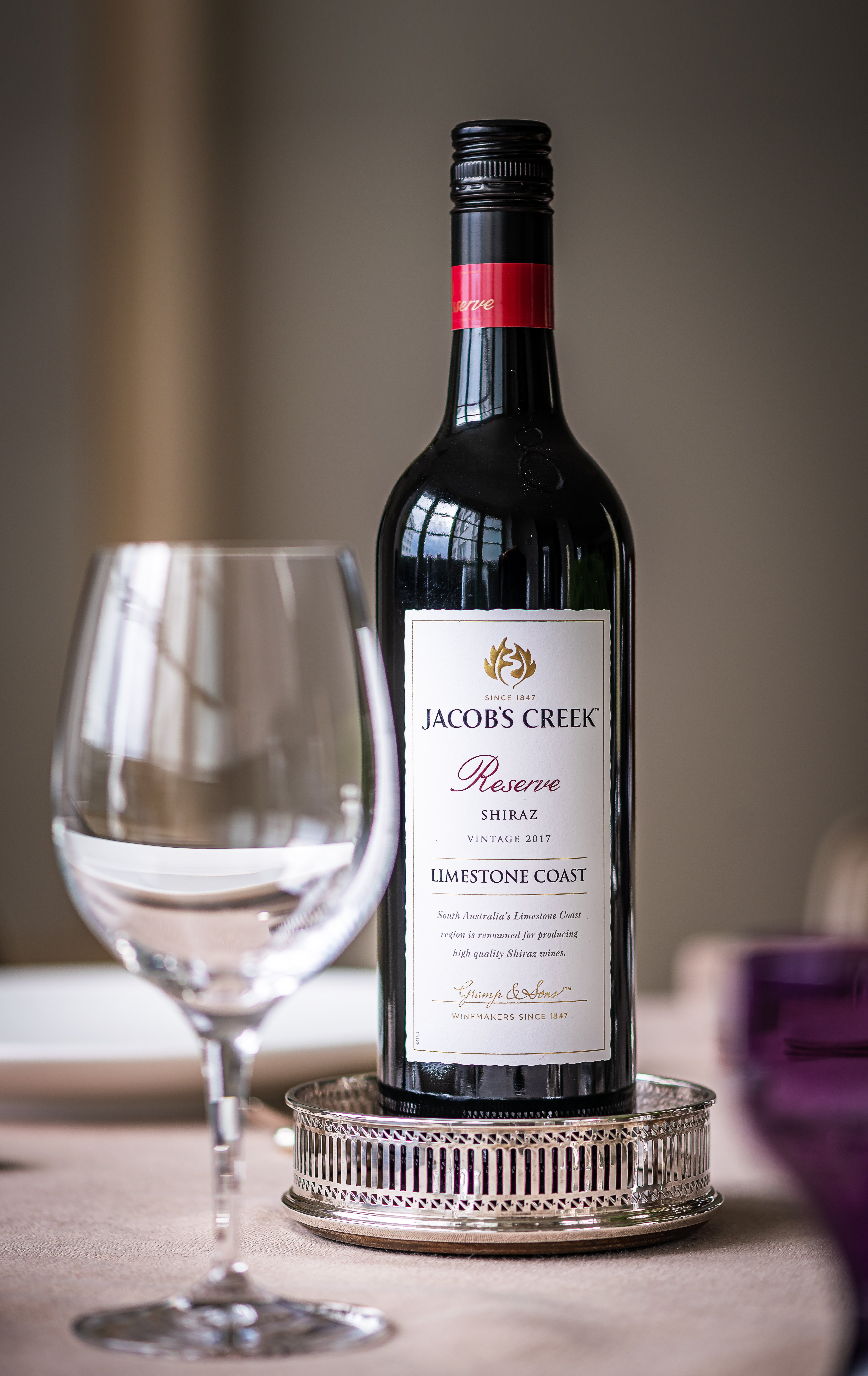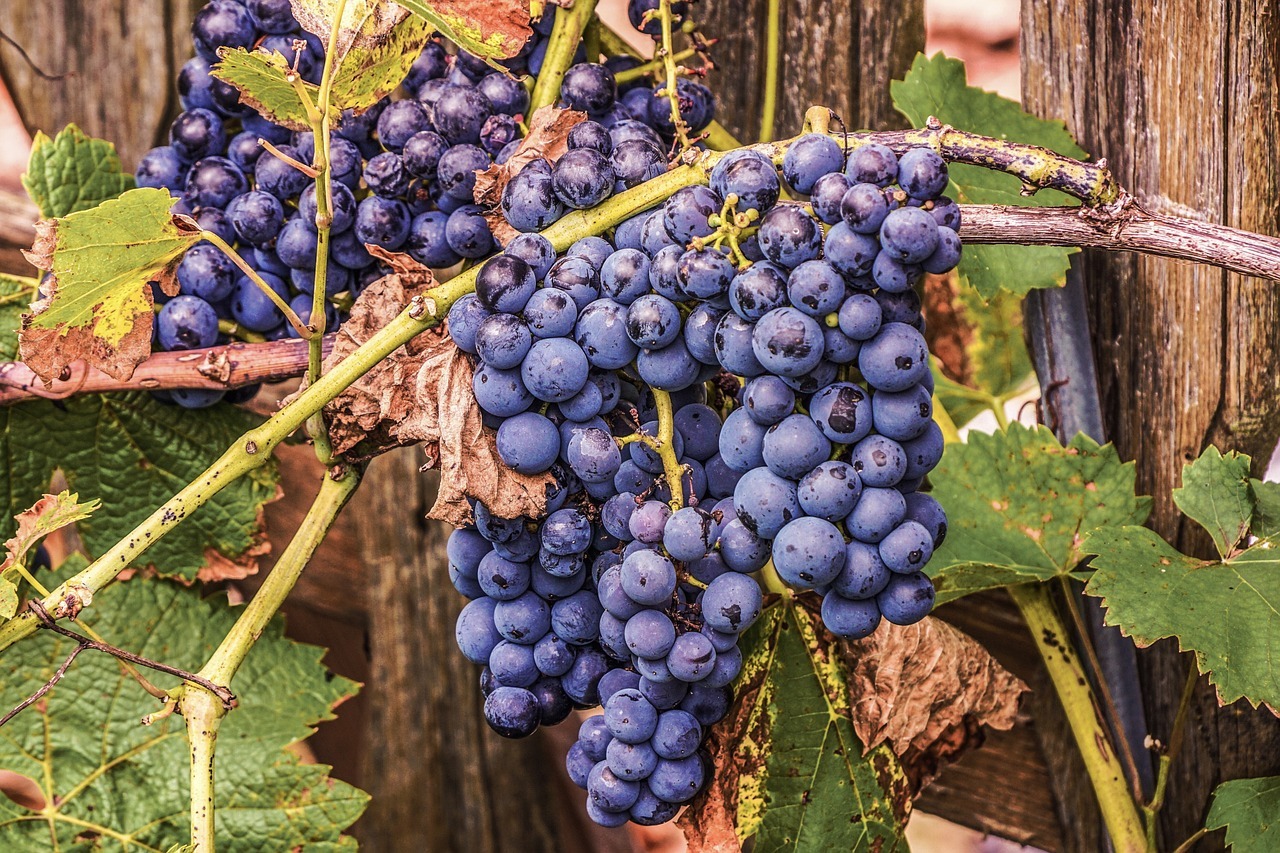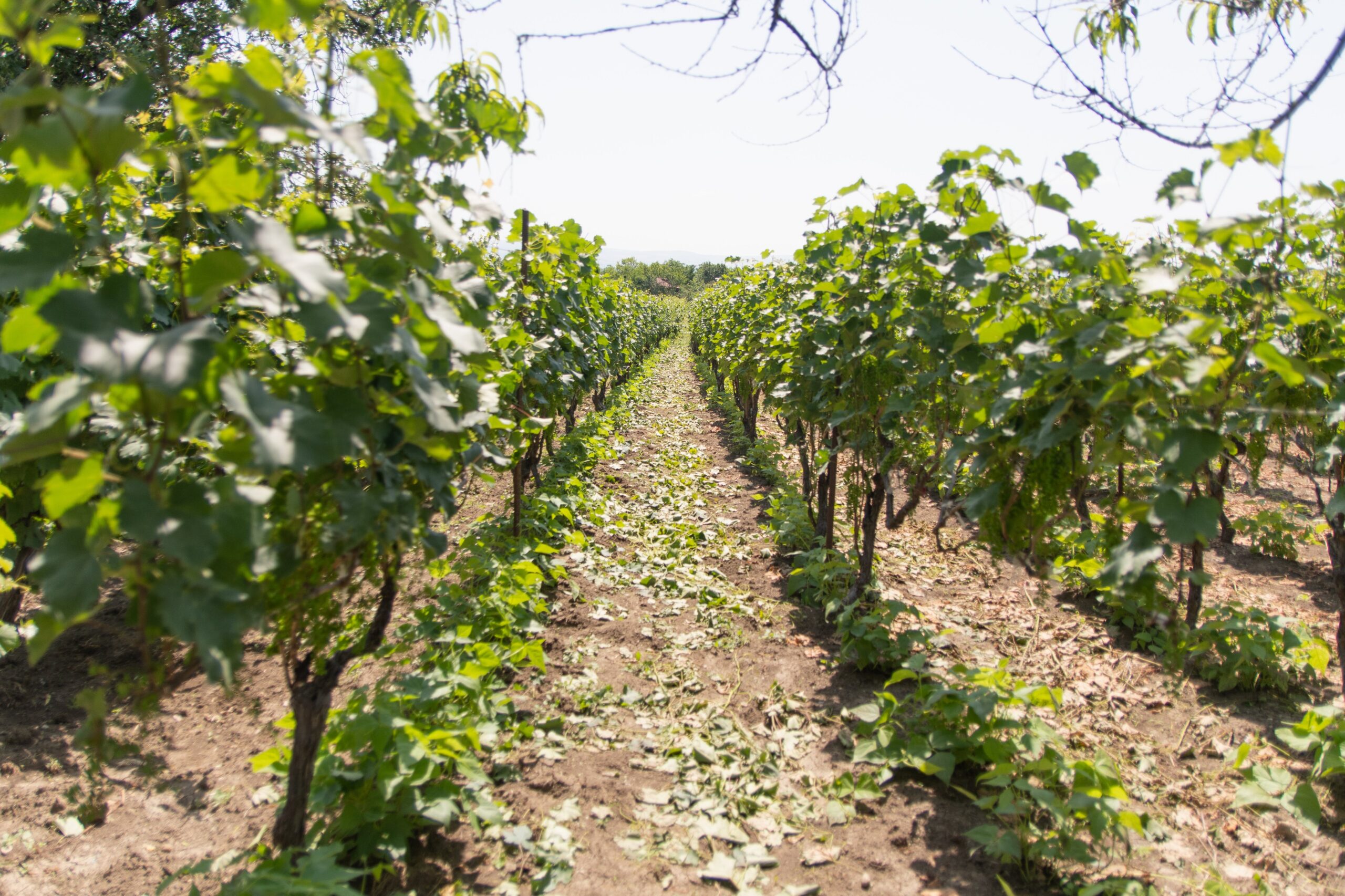Introduction
Every region in Austria has wines and producers to seek out, but Wachau is a conspicuous spot to begin our adventure.
The Wachau Valley is the source of Austria’s greatest wines. Indeed, for many wine enthusiasts, the Wachau wines are synonymous with Austrian wines. While such attitude undervalues Austria by disregarding numerous unique and great wine regions, it is not without merit.
Look out from almost any point in the Wachau Valley and you’ll see stunningly gorgeous vineyards that are so visibly distinct from one another that you know the wines will taste distinct. The backside of a hill that avoids the sun; an amphitheater that focuses; a bend in the river that modifies the lay of the ground; a cliff face that rises hundreds of feet–all of these characteristics combine to produce unexpectedly distinct distinctions in terroir and, eventually, in the wines they produce. These small but significant changes are best seen in topographical maps, such as those available on Austrian Wine’s website.
The Wachau region in Austria is renowned for its wine production and picturesque vineyards. Here are some key points to help you learn more about it:
Location
Roman Zoechlinger, Die Wachau bei Spitz an der Donau, CC BY-SA 3.0
The wine region of Wachau is situated in Lower Austria, along the Danube River. It is located west of Vienna and Krems an der Donau. Wachau is known for being one of the westernmost wine-producing regions in Austria, with only a few scattered vineyards in Tyrol being located further west.
The region’s proximity to the Danube River plays a significant role in shaping the unique terroir of Wachau. The river acts as a moderating influence, helping to create favorable conditions for grape cultivation. The steep terraced vineyards along the riverbanks maximize sun exposure and allow for optimal ripening of the grapes.
Wachau is renowned for its production of high-quality white wines, particularly Grüner Veltliner and Riesling. The region’s winemakers are known for their meticulous attention to detail and commitment to producing wines that showcase the unique characteristics of the Wachau terroir.
Grape Varieties
In the Wachau region of Austria, there are several grape varieties that are grown and used to produce their renowned wines. The Wachau region is known for its high-quality white wines, particularly Riesling and Grüner Veltliner. These two grape varieties dominate the vineyards in the area and are highly regarded for their vibrant flavors and ability to express the unique terroir of the region.
- Riesling is a versatile grape that can produce a range of styles, from dry to sweet. In the Wachau, the focus is mainly on dry Riesling wines that showcase the grape’s acidity, minerality, and citrus fruit flavors. The steep terraced vineyards along the Danube River provide an ideal environment for Riesling cultivation.
- Grüner Veltliner is another important grape variety in the Wachau. It is the most widely planted grape in Austria and is known for its peppery and herbaceous characteristics. The Wachau produces Grüner Veltliner wines that are typically dry, with flavors of green apple, white pepper, and a touch of white flowers.
Apart from Riesling and Grüner Veltliner, some other grape varieties grown in the Wachau region include Chardonnay, Sauvignon Blanc, and Gelber Muskateller (Yellow Muscat). These grapes contribute to the diversity of wines available from the region.
Terroir
The terroir of the wine region in Wachau, Austria is truly unique and contributes to the distinctiveness of the wines produced there. Terroir refers back to the aggregate of things including climate, soil, topography, and human intervention that influence the characteristics of the grapes and the resulting wines.
In Wachau, the Danube River helps moderate the climate and provides a favorable environment for grape cultivation. The location studies a groovy continental weather with heat summers and bloodless winters. This climate, along with the river’s influence, creates ideal conditions for growing grapes that result in wines with good acidity and expressive flavors.
The soil in Wachau is predominantly made up of ancient primary rock, including gneiss and slate. These rocky soils have excellent drainage properties and force the vine roots to dig deep into the ground in search of water and nutrients. This adds complexity and minerality to the wines produced in the region.
The steep terraced vineyards of Wachau are also notable. These terraces not only maximize sun exposure but also provide excellent airflow and prevent waterlogging. The combination of steep slopes, rocky soils, and the river’s influence creates a unique microclimate that contributes to the elegance and character of the wines.
Overall, the terroir of Wachau in Austria plays a crucial role in shaping the wines produced there. The combination of the cool continental climate, rocky soils, and the influence of the Danube River creates a distinctive and high-quality wine region.
Wine Classification
Wachau wines are classified based on the ripeness of the grapes at harvest. There are three categories: Steinfeder (light and crisp wines), Federspiel (medium-bodied wines), and Smaragd (full-bodied and complex wines).
The wine classification system in the wine region of Wachau, Austria is based on the quality and style of the wines produced. The classification system focuses primarily on the grape variety Grüner Veltliner, which is the most widely planted grape in the region.
In Wachau, the wines are classified into three main categories:
- Steinfeder: This is the lightest and most delicate style of wine in Wachau. Steinfeder wines have a maximum alcohol content of 11.5% and are known for their freshness and crispness. They are typically enjoyed young and make for great summer wines.
- Federspiel: The Federspiel wines are a step up in terms of quality and complexity. These wines have an alcohol content between 11.5% and 12.5% and showcase the true character of the Wachau terroir. Federspiel wines can be enjoyed in their youth but also have the potential to age gracefully.
- Smaragd: The Smaragd wines are the highest classification in Wachau and represent the finest and most age-worthy wines. These wines have a minimum alcohol content of 12.5% and are known for their richness, intensity, and complexity. Smaragd wines often exhibit flavors of ripe fruits, minerality, and a full-bodied structure.
It’s worth noting that these classifications are specific to the wines made from Grüner Veltliner in Wachau. Other grape varieties, such as Riesling, may also be produced in the region but are not included in this classification system.
Wine Tasting and Tourism
The Wachau region is a popular destination for wine enthusiasts and tourists. Many wineries offer wine tastings, cellar tours, and vineyard walks, allowing visitors to experience the beauty of the landscape and taste the region’s exquisite wines.
When it comes to wine tasting in Wachau, there are several wineries that offer tours and tastings. You can visit family-owned wineries and learn about the winemaking process, from grape cultivation to bottling. It’s a great opportunity to taste different wines and appreciate the unique flavors and aromas that Wachau wines have to offer.
Aside from wine tasting, Wachau is also a popular tourist destination because of its stunning scenery. The region is situated along the Danube River, and you can take a leisurely cruise to enjoy the breathtaking views of vineyards, castles, and charming villages. Wachau is also known for its historic sites, including the Melk Abbey and the ruins of Dürnstein Castle.
Conclusion
Overall, the wine region in Wachau, Austria, offers a unique and exciting wine experience, with a focus on white wines that showcase the region’s terroir and winemaking traditions. If you’d like to explore more about the wine region of Wachau, it is recommended to check out some of the local wineries and vineyards. They often offer tours and tastings, where you can learn more about the winemaking process and sample their exquisite wines. It’s a wonderful way to immerse yourself in the rich wine culture of Wachau!





